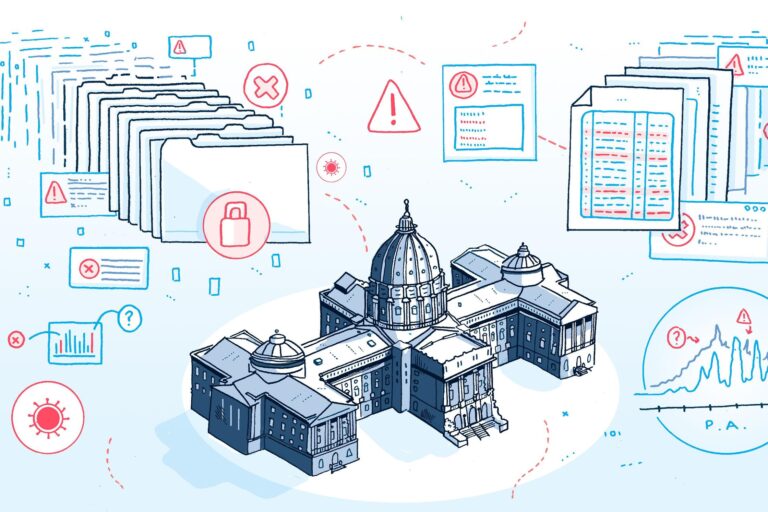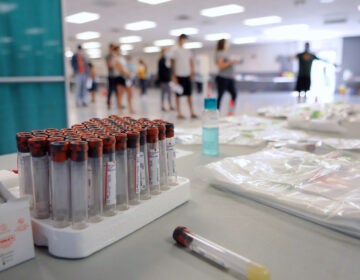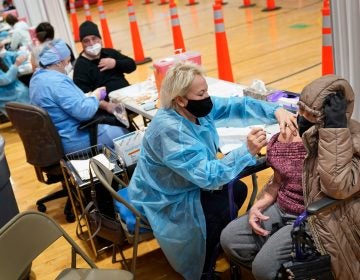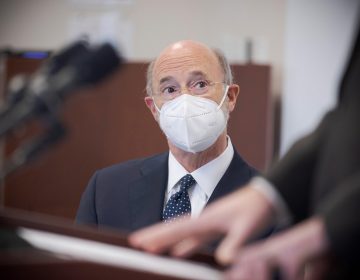Death reports are still lagging. Pa. hasn’t made it easy to find out just how badly.
It’s one of many instances of the state dropping the ball on best data practices. Instead of making its COVID data easy to view and scrutinize, the state has limited access.

(Dan Nott/Spotlight PA)
This story originally appeared on Spotlight PA.
___
Spotlight PA is an independent, non-partisan newsroom powered by The Philadelphia Inquirer in partnership with PennLive/The Patriot-News and other news organizations across Pennsylvania.
This story first appeared in our free weekly newsletter. Sign up here.
When a person dies from COVID-19, it takes time for their death to be added to Pennsylvania’s official count — in some cases, months.
Between July 1 and July 23, the state reported 430 new COVID-19 deaths. Twelve of those occurred in April. Another 16 were from May.
These additions have trickled in slowly, creeping into the state’s death count often one or two at a time. It’s unclear how many more months-old deaths the state has yet to report, making it difficult to understand the virus’ real-time toll.
The state has struggled to report deaths soon after they occur since the beginning of the pandemic, blaming challenges on a disjointed web of technologies.
But to fully understand how severe these lags are, I’ve had to do my own work. While the state reports the number of deaths added to the official count daily, it doesn’t consistently tell the public when those deaths occurred.
At the beginning of June, the health department launched a new COVID-19 data dashboard with an interactive chart that shows how many people have died each day. (Previously, the state made that information available only through an image of a chart, making it impossible to pull precise numbers.)
The new version has allowed me to hover over the data points to view each day’s toll. It’s an improvement from before but still a tedious task, so in June, I went digging for the feed that pushed updates to the chart.
For more than a month, that publicly available feed made it easy for me to track when deaths actually occurred, and I monitored changes each day. Then, last week, the feed disappeared.
It wasn’t a glitch, the health department told me. The public’s access to the feed had been cut, and the clean, machine-readable digest of those numbers would no longer be available, a spokesperson said.
It’s one of many instances of the state dropping the ball on best data practices. Instead of making its COVID-19 data easy to view and scrutinize, the state has once again limited access, leaving the public to wonder what else we might not be seeing.
 100% ESSENTIAL: Spotlight PA relies on funding from foundations and readers like you who are committed to accountability journalism that gets results. If you value this reporting, please give a gift today at spotlightpa.org/donate.
100% ESSENTIAL: Spotlight PA relies on funding from foundations and readers like you who are committed to accountability journalism that gets results. If you value this reporting, please give a gift today at spotlightpa.org/donate.
WHYY is your source for fact-based, in-depth journalism and information. As a nonprofit organization, we rely on financial support from readers like you. Please give today.



![CoronavirusPandemic_1024x512[1]](https://whyy.org/wp-content/uploads/2020/03/CoronavirusPandemic_1024x5121-300x150.jpg)


